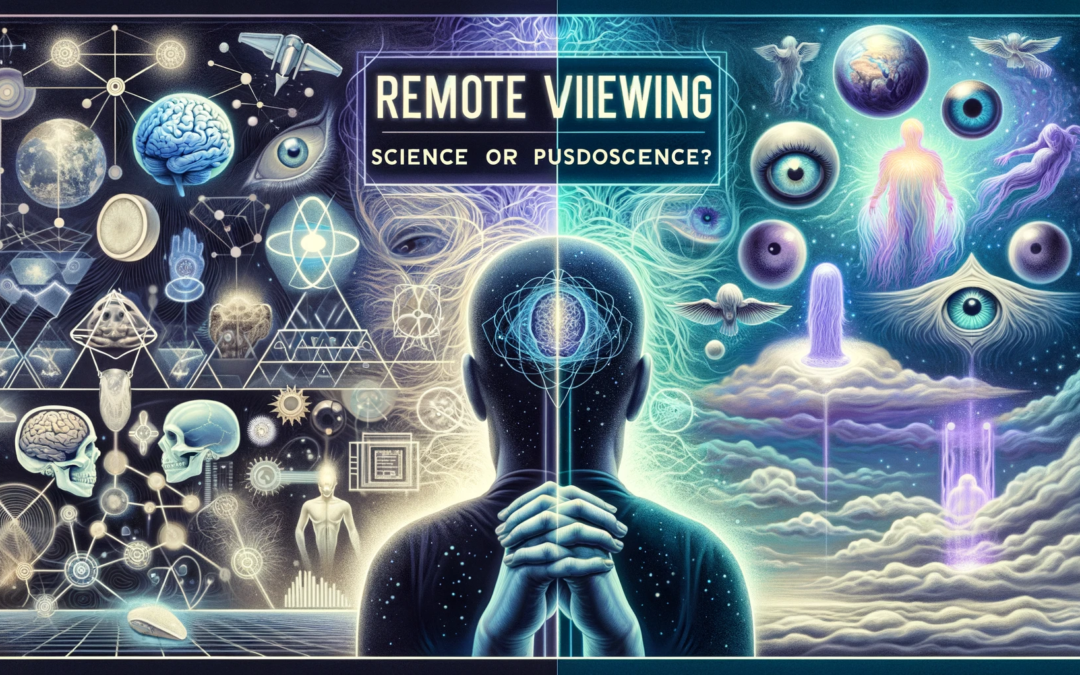Remote viewing, a topic that resides at the fringes of scientific inquiry, has sparked debate and curiosity in equal measure. This second part of the series delves into the scientific evaluation of remote viewing, examines notable experiments and their outcomes, and explores its perception and portrayal in the public sphere.
Scientific Scrutiny
The scientific community’s evaluation of remote viewing has been mixed, with a spectrum ranging from cautious interest to outright skepticism. The primary challenge in studying remote viewing scientifically lies in its reproducibility and the measurement of its success rate. Critics argue that the lack of a consistent, empirical methodology to validate the claims of remote viewing renders it pseudoscientific. However, some researchers advocate for an open-minded investigation, considering the potential implications if such abilities were proven to exist.
Notable Experiments and Outcomes
Several experiments have sought to test the validity of remote viewing. One of the most notable was conducted at Stanford Research Institute (SRI) by physicists Russell Targ and Harold Puthoff. They tested several individuals, including Ingo Swann, and reported high success rates in controlled conditions. However, these experiments have been criticized for lack of proper controls and repeatability.
Another significant study was the CIA-initiated Stargate Project, which aimed to evaluate the potential for psychic phenomena in intelligence gathering. The project, which lasted for over two decades, produced mixed results. While some instances were reported as successes, the overall inconsistency led to its eventual termination, with the conclusion that remote viewing was unreliable.
Public Perception
The public perception of remote viewing is heavily influenced by its portrayal in media and popular culture. Movies, television shows, and books often depict remote viewing with a mix of mystery and intrigue, sometimes blurring the lines between fiction and reality. This portrayal has contributed to a general fascination with the concept, although often at the expense of scientific accuracy.
Remote viewing also has a following among those who believe in psychic phenomena and the paranormal. For some, it represents a gateway to exploring the capabilities of the human mind beyond the conventional understanding. However, for many in the scientific community and the general public, remote viewing remains an unproven and controversial subject.
Conclusion
The scientific evaluation of remote viewing is fraught with challenges, leading to its classification by many as pseudoscience. While certain experiments have claimed success, the lack of consistent, verifiable evidence has hindered its acceptance in the scientific community. The public’s fascination with remote viewing, fueled by its enigmatic portrayal in media and culture, continues, reflecting a broader interest in the mysteries of the human mind and its potential capabilities.










